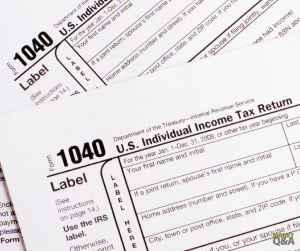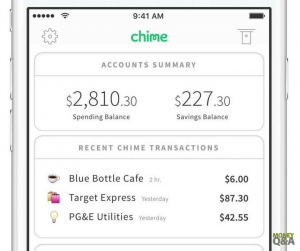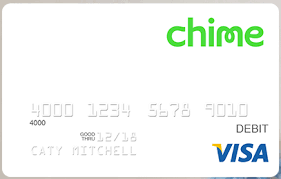The following is a guest post by Jon who blogs at Money Smart Guides, a personal finance blog whose goal is to help you get out of debt and start investing for your future. If you’d like to guest post on Money Q&A, be sure to check out the site’s Guest Posting Guidelines.
 We all know that small expenses add up over time. This concept has been popularized and tagged as “the latte factor” by various experts and authors. The idea goes, if you cut the spending on smaller items, not only will it be easy, but you can reap a large amount of savings over time.
We all know that small expenses add up over time. This concept has been popularized and tagged as “the latte factor” by various experts and authors. The idea goes, if you cut the spending on smaller items, not only will it be easy, but you can reap a large amount of savings over time.
While the potential for saving money is not in doubt, many people solely focus on the small expenses and forget about the big ones, when in fact, the big ones can help you learn how to save a ton of money. Here is why you should focus first on the big expenses first, and then concentrate on the small ones.
How to Save a Ton Of Money on Large Purchases
Bigger Potential Savings Mean Bigger Impact
While cutting out a $3 coffee two days a week will add up to a nice $312 extra over the course of a year, if you focus on the big expenses in your life, you can easily save much more than this.
For example, I shop my insurance needs every year or two. At first, I was skeptical that I could save money doing this. After all, I thought the company I was with for over 10 years valued me and offered me their best rates.
Boy was I mistaken. It turns out many insurance companies use the practice of price optimization. What this means is that those who don’t shop around for insurance coverage pay for those that do. How does this work?
At its most basic, let’s say you are with ABC Insurance Company. I shop around and get a quote from ABC Insurance. They offer me an incredible deal to come on board. This deal might even cost them a few dollars. How do they overcome this? They raise the rates on their long-term (loyal) customers, who happen to be you.
If you don’t shop around for insurance coverage, most likely you are costing yourself money. When I switched companies the other year, I ended up saving $200 a year






